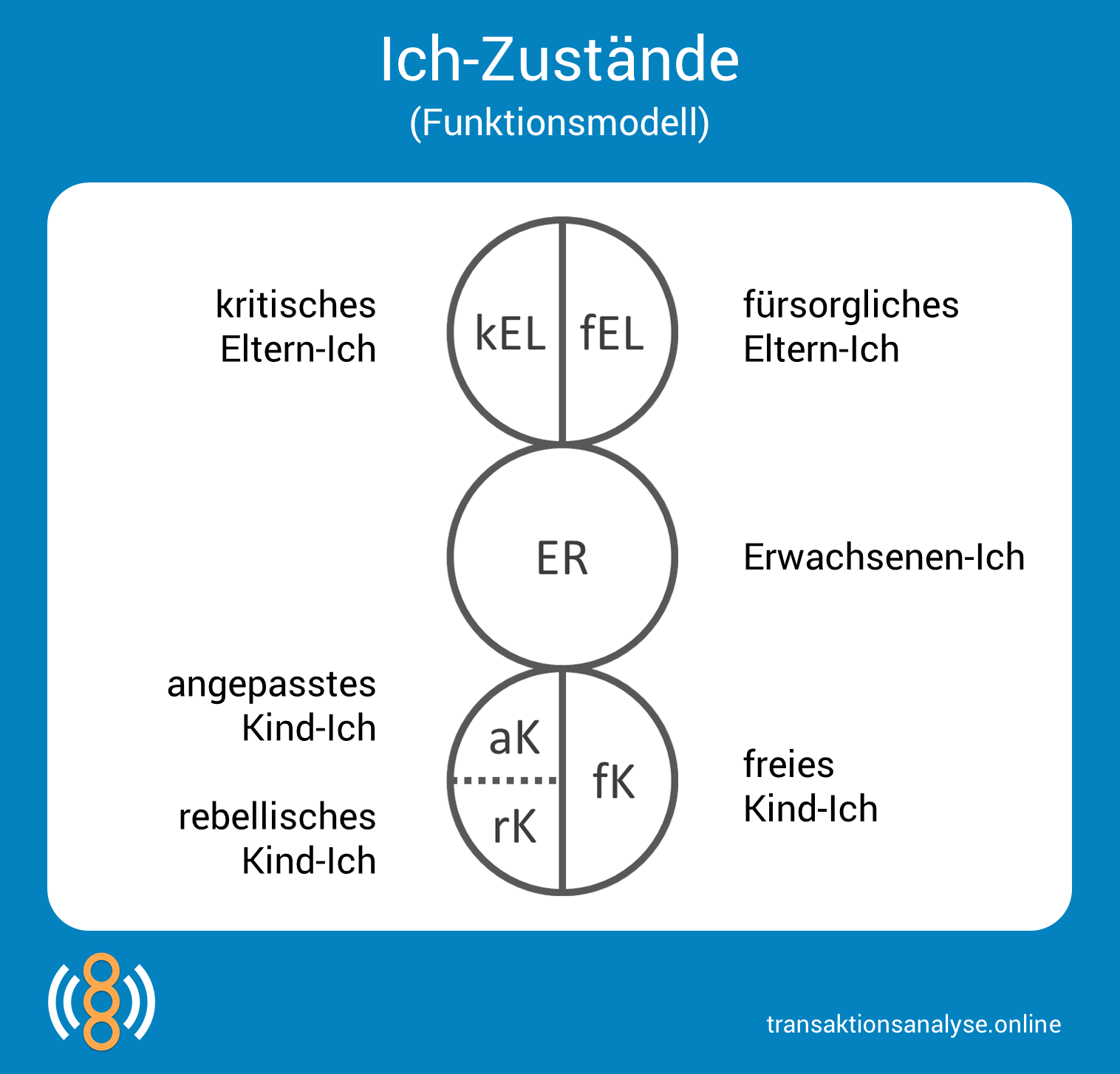15. Communication
The following chapter is based on
15.1 Introduction
Effective communication is fundamental to academic success, healthy relationships, and personal growth. As students, you navigate complex social and academic environments where clear, respectful communication can make the difference between conflict and collaboration. This guide explores key frameworks that can transform how you interact with professors, classmates, roommates, and family members.
15.2 Paul Watzlawick's 5 Axioms of Communication

Austrian communication theorist Paul Watzlawick identified five fundamental principles that govern all human communication:
15.2.1 One Cannot Not Communicate

Every behavior conveys a message. When you're scrolling your phone during a lecture, you're communicating disinterest even without words. When you avoid eye contact with your roommate after an argument, that silence speaks volumes.
15.2.2 Communication Has Content and Relationship Levels

Every message contains both information (content) and hints about the relationship between communicators. Example: When another student says to you, "Maybe you should read the chapter before our next meeting," the content is about preparation, but the relationship message might be frustration or a a message of knowing it better.
15.2.3 Communication is Punctuated by Sequences

People organize communication differently, often creating cycles of misunderstanding. Example: Alex thinks: "I don't participate in group discussions because the others always interrupt me." Meanwhile, the group thinks: "We have to jump in quickly because Alex never contributes." Each side sees their behavior as a response to the other's.
15.2.4 Digital and Analogic Communication

We communicate through words (digital) and nonverbal cues (analogic) simultaneously. Example: Your roommate says "Fine, whatever" (digital) while slamming their textbook shut (analogic). The analogic message contradicts the apparently accepting digital message.
15.2.5 Communication is Symmetric or Complementary

Interactions are based on either equality (symmetric) or difference (complementary). Example: Two students debating a topic as equals represents symmetric communication, while a student asking a professor for help represents complementary communication with defined roles.
15.3 Schulz von Thun's Communication Square

German psychologist Friedemann Schulz von Thun identified four aspects present in every message:
- Factual Information: What is the objective content?
- Self-Revelation: What does this tell us about the speaker?
- Relationship: How does the speaker view our relationship?
- Appeal: What does the speaker want me to do?
relationship ear small
Make your relationship ear small and your self-revelation ear large.This means focusing less on perceived slights and more on understanding what the other person is actually experiencing or needing.
15.4 Transactional Analysis: Adult-to-Adult Communication

Eric Berne's Transactional Analysis identifies three ego states: Parent, Adult, and Child. For effective problem-solving, aim for symmetric Adult-to-Adult communication.
- Adult Ego State Characteristics
- Rational and objective
- Present-focused
- Problem-solving oriented
- Non-judgmental
- Respectful of others' autonomy
- Child Ego State Characteristics
- Spontaneous and creative
- Emotional and reactive
- Curious and playful
- Dependent or rebellious
- Driven by feelings, desires, and instincts
- Parent Ego State Characteristics
- Directive and nurturing (can be caring or critical)
- Based on learned values, rules, and beliefs
- Often judgmental or evaluative
- Focused on control and/or protection
Discuss the states of the following examples
- "You never clean up! It's not fair! Someone needs to make rules around here!" vs "I've noticed the kitchen gets messy quickly. Could we work out a cleaning schedule that works for both of us? What are your thoughts on how we could share responsibilities?"
- "You should have prepared better. Don't you care about your grades?" vs "I notice we're covering material some of us haven't read yet. How can we structure our meetings so everyone gets the most value?"
In Transactional Analysis, symmetric communication refers to interactions where both parties communicate from the same ego state—typically Adult to Adult. This type of exchange is characterized by equality, mutual respect, and a rational, balanced dialogue. Symmetric transactions are common in healthy, cooperative relationships, as they foster understanding and collaboration without power struggles.
15.5 Teamwork
Read the chapter on teamwork to better understand what’s happening in your team, why it’s happening, and how you can respond effectively.
15.6 Conclusion
Effective communication is a learnable skill that will serve you throughout your academic career and beyond. By understanding these frameworks and practicing Adult-to-Adult communication, you can transform conflicts into collaborations, misunderstandings into learning opportunities, and feedback into fuel for growth. Remember: communication is not about winning or being right—it's about understanding, connecting, and solving problems together.
The key is practice. Start small: notice your communication patterns, experiment with these techniques in low-stakes situations, and gradually build your skills. Your relationships, academic performance, and personal well-being will all benefit from more intentional, effective communication.